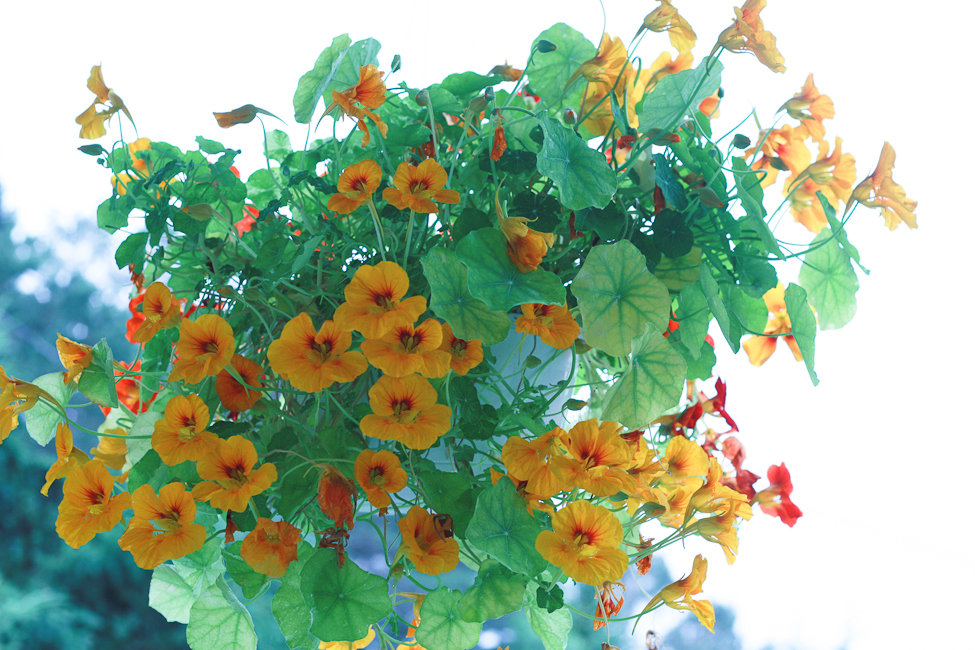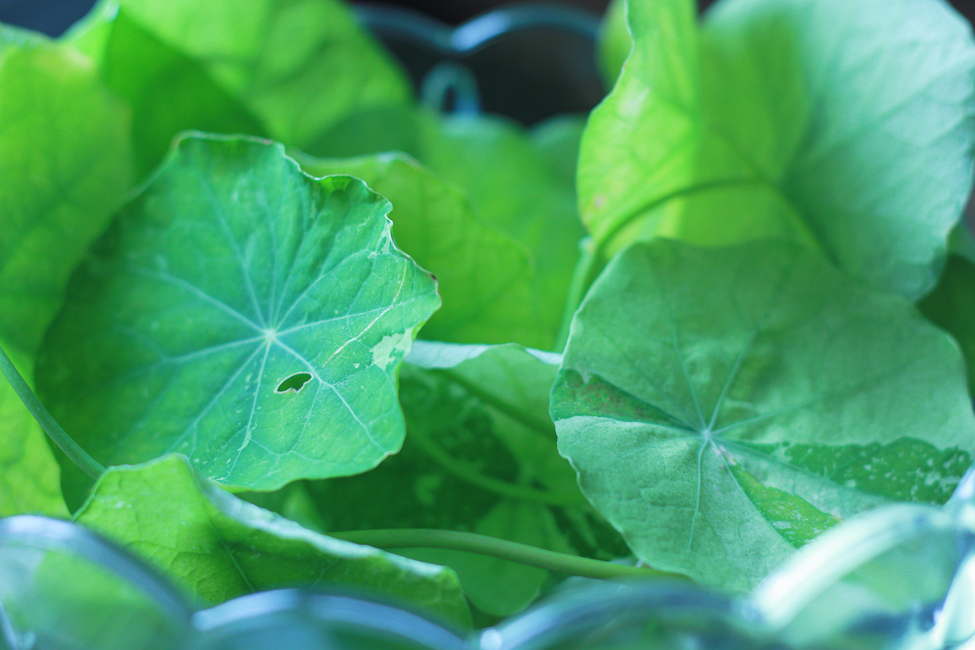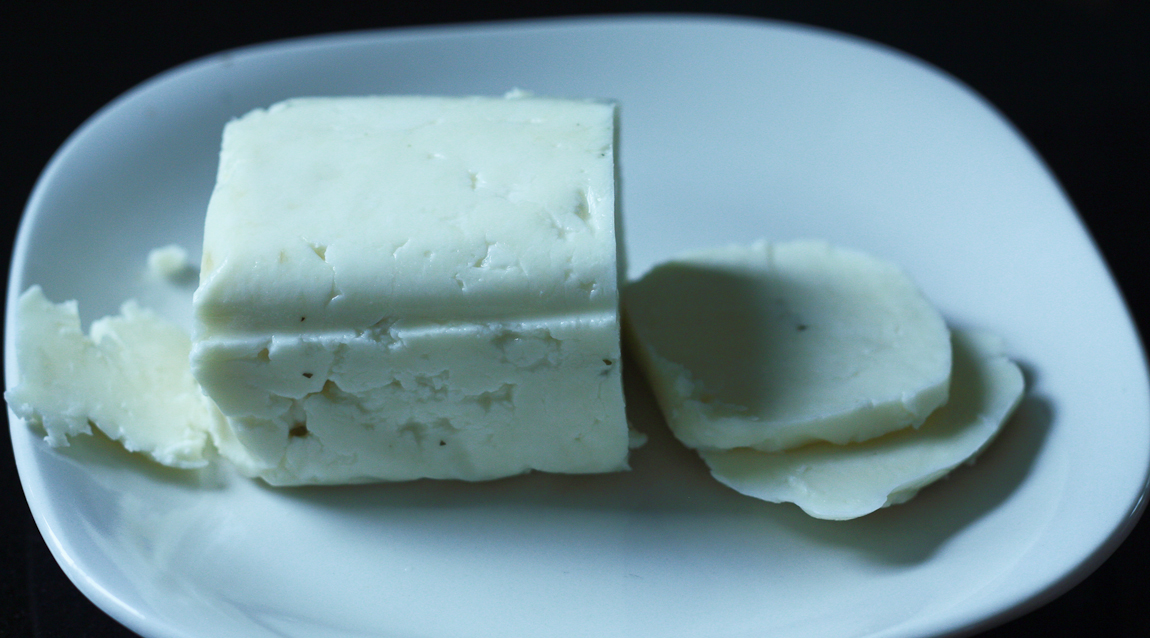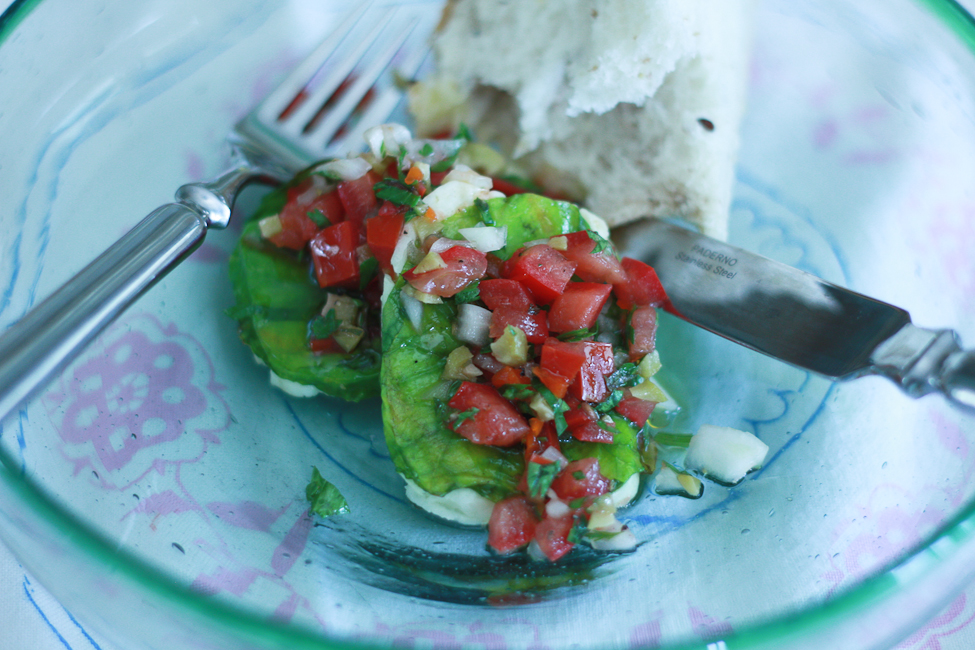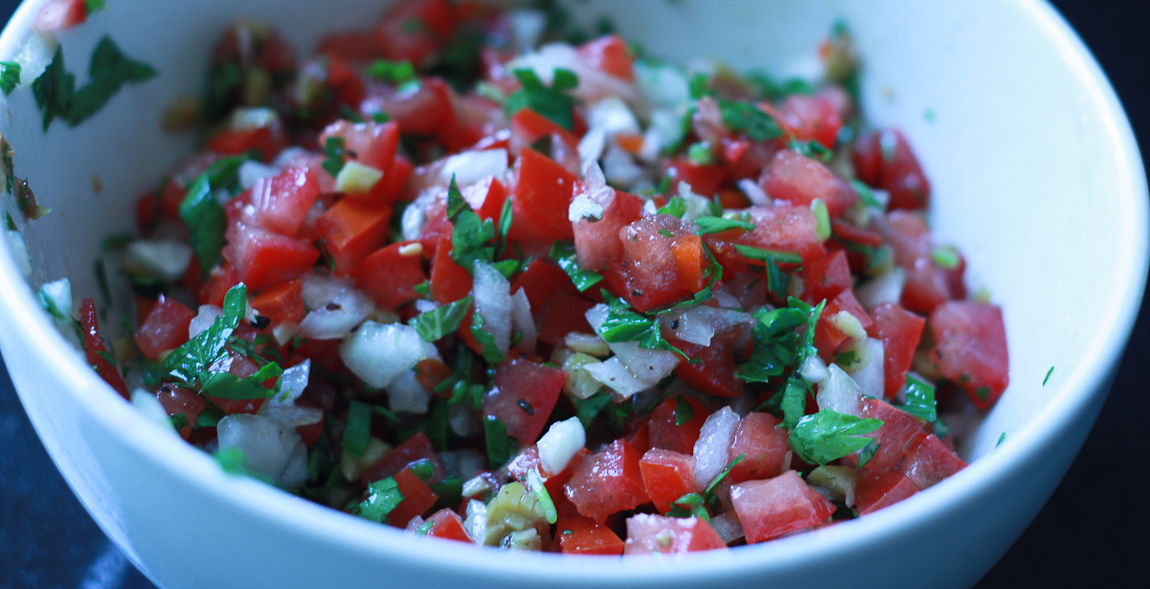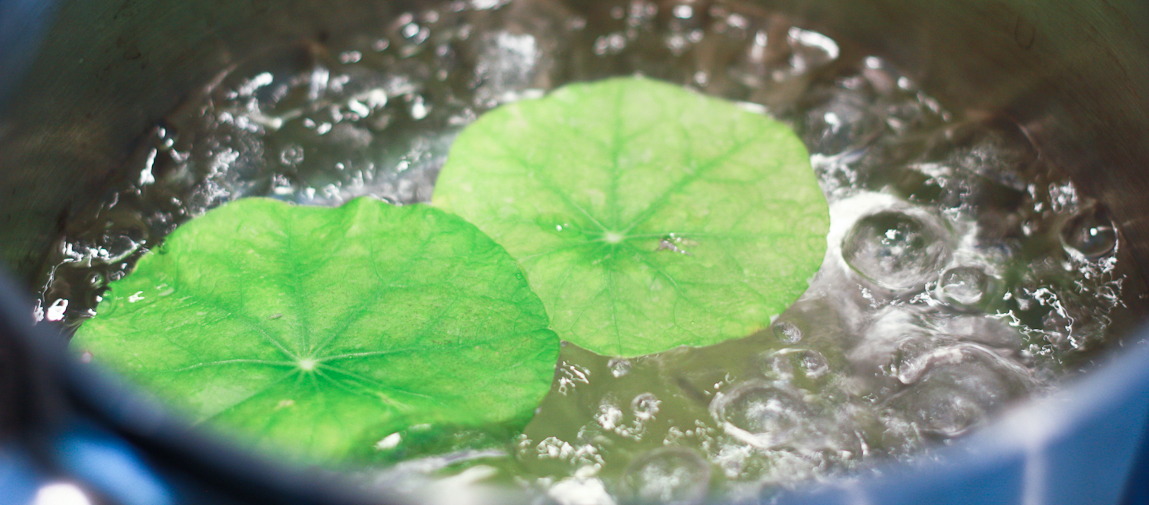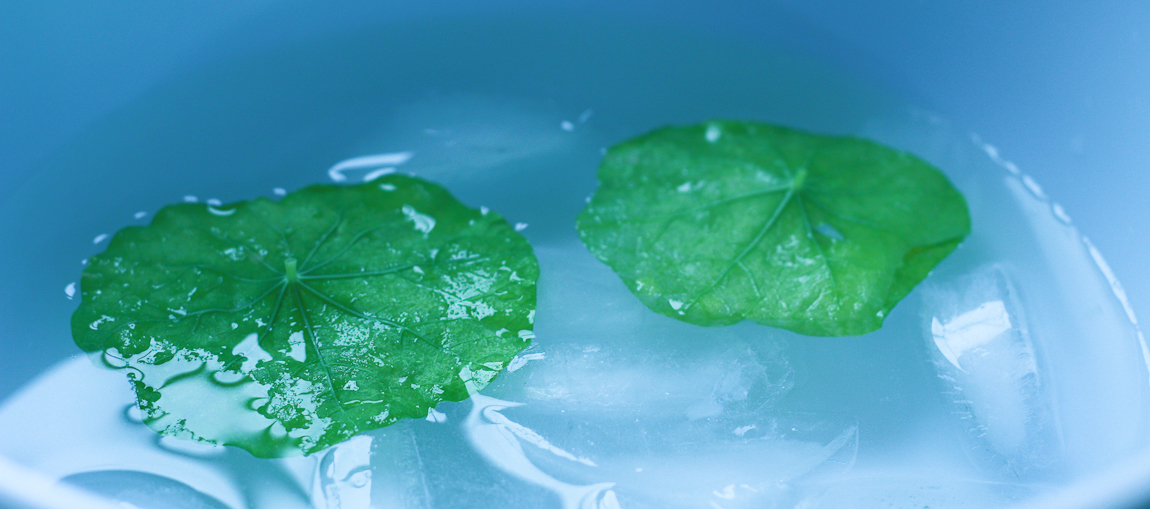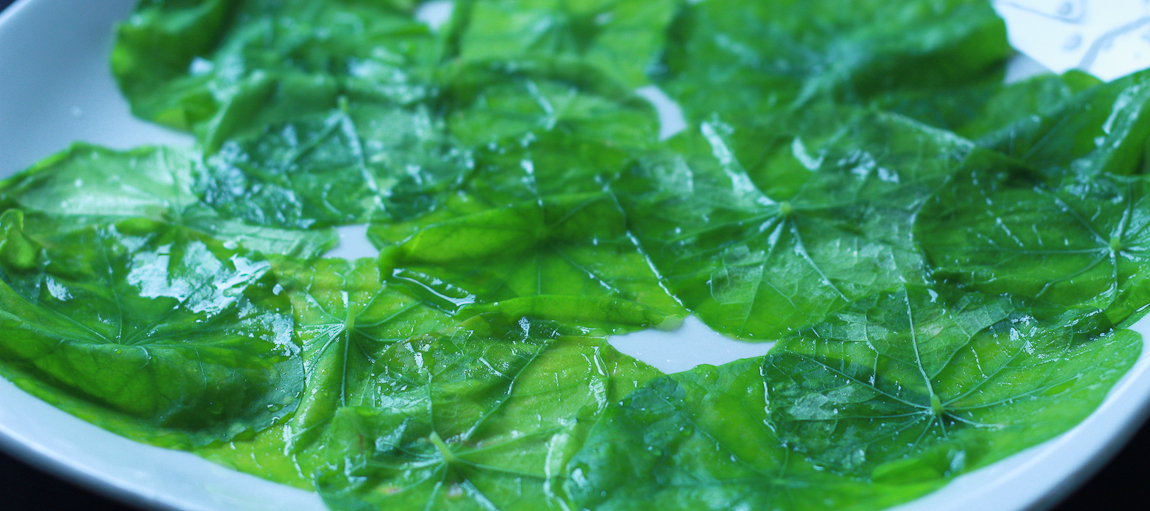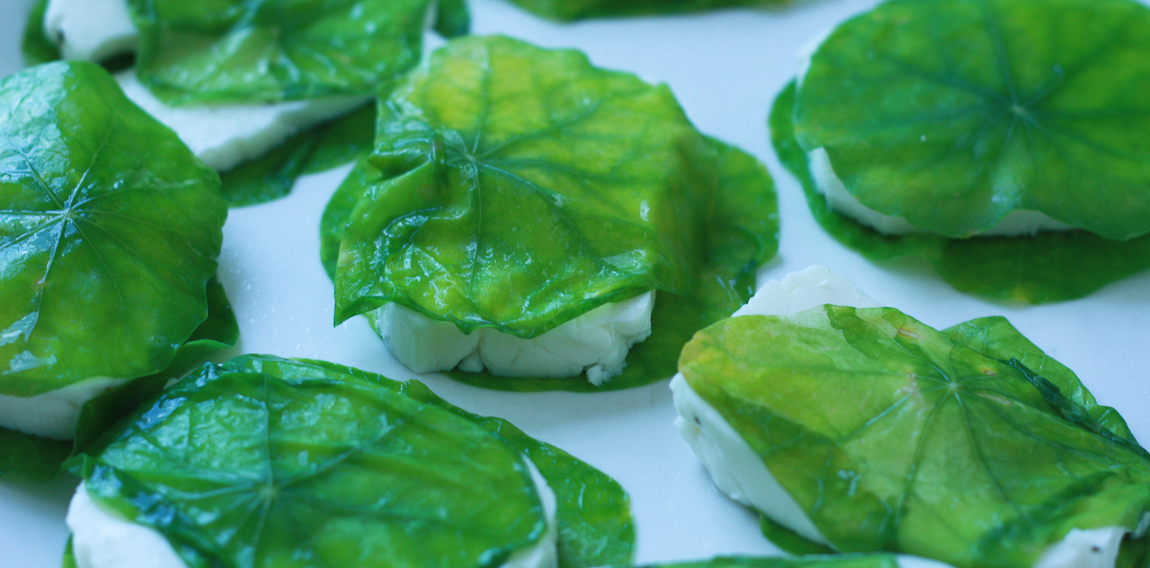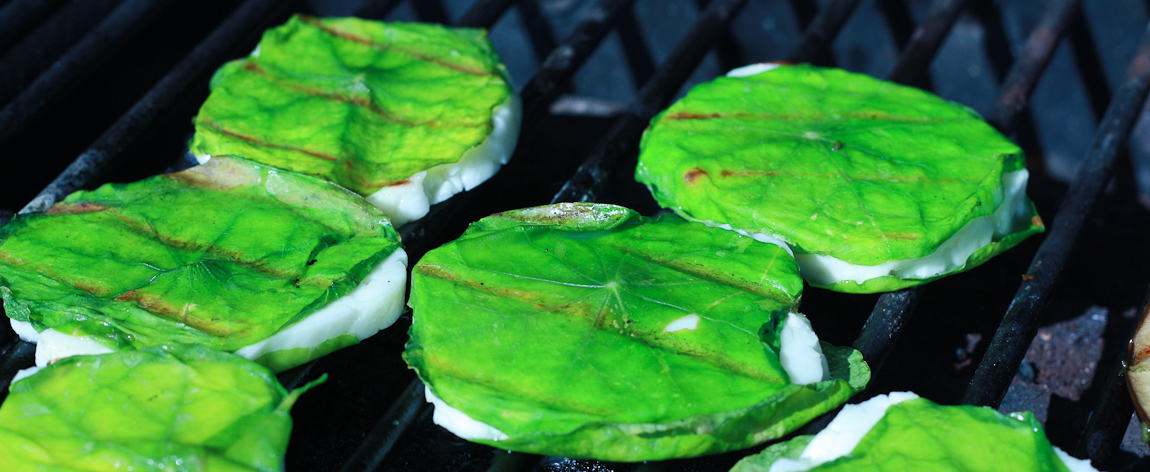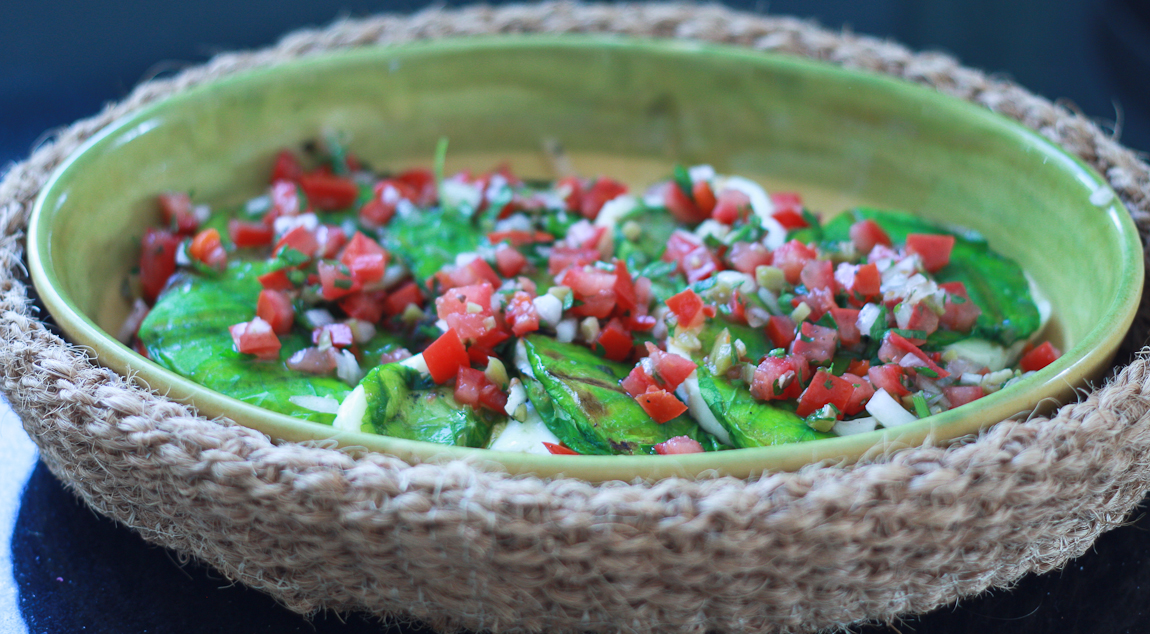Putting Up Summer - A Challenge
The growing season is short here. And, it is about this time of year that a certain anxiety takes over me. Not so badly that I can’t enjoy summer but badly enough that I start scheduling life around the availability of fruits and vegetables.
Normally, I know in the back of my head that we will be going away for some portion of the winter months. This is the first time since I started doing any sort of preserving that I I am planning on being here for all of the winter months. So, my anxiety is at an all time high.
As herbs start growing I whizz them into a ‘pesto’ and toss them in the freezer. By pesto, I mean any combination of herb mixed with olive oil and whizzed. I don’t use nuts or cheese in most so that they are that they are easier to toss in to anything for anyone. Swiss chard and spinach are getting blanched and frozen. Garlic scapes, a lot of them, have been pestoed and frozen or pickled. I am imagining pickled garlic scape tartar sauce as soon as they have sat for a few weeks. Strawberries have been picked, hulled and frozen. Others have been turned into jam, two types.
For the first time in my jam making career, I didn’t muddle around with the recipe and low and behold, it looks like it has set. Just in time for my children to decide that they don’t like jam. The other type got muddled with and is a little runnier as the result of a little less sugar and some balsamic and black pepper. I can taste it with creamy goat cheese and it is going to be good.
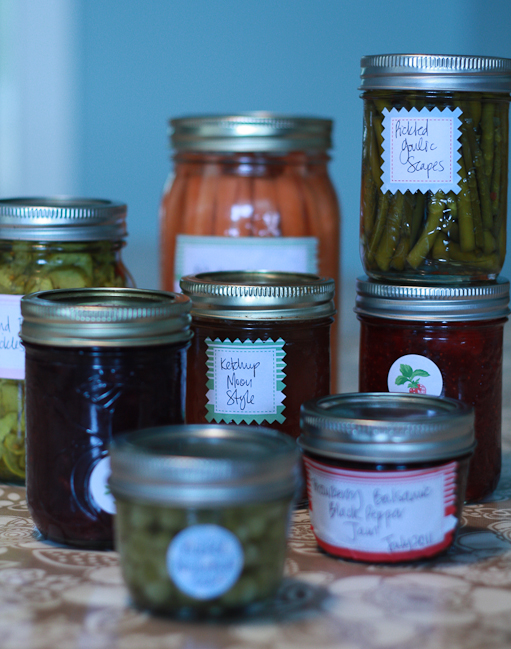
Currently, there is a big jar of nasturtium seeds brining on my countertop. Who knew those things could be quite so stinky. There is a definite waft of boiled eggs as you walk in to our house, especially when the jar gets a little jiggle. I am told, by many folk and website, that they will be pretty similar to capers.
I have great plans for the rest of the summer’s produce. I have a new canning bible, Canning for a New Generation. All I can say is, it will likely teach you a ton of stuff, it has me. If you plan on putting up any amount of produce or you want to make some lovely gifts, this is a book I would get.
I want to know what it is you ‘put up,’ if anything. And, to that end and without getting caught up in any social movement, I want to issue a challenge, a project if you will. It will just take a few hours, I know they aren’t often easy to come by. Think of something you buy through the winter, or something that you buy that you think you could make. Maybe it is jam or pickles. Maybe it is pesto or tomato sauce. Look up a recipe, I will gladly help if you get stuck. Spend a few hours getting everything ready and preserve something to use later on. You can turn it into a family project or just take some time for yourself and enjoy the satisfaction it offers.
You do not need any fancy equipment, a really big pot will help. If you have a canner in the basement, or attic, or your mother-in-law’s cupboard, you could use it but, unless you are making huge jars of something or lots of jars, you should be fine.
Ideally, and for best results, you should choose something at the peak of its growing season for a couple of reasons. The first is that it tastes the best and the second, well, it usually costs less.
So, tell me if you are up for the challenge. I am by no means an expert, but I will happily help anyone out as best I can.
 Sunday, July 17, 2011 | in
Sunday, July 17, 2011 | in  Comfort Food,
Comfort Food,  Eat Your Greens,
Eat Your Greens,  Herbs,
Herbs,  Preserves,
Preserves,  Sauciness,
Sauciness,  Vegetarian | tagged
Vegetarian | tagged  Canning,
Canning,  Jam,
Jam,  Pesto,
Pesto,  Pickles,
Pickles,  Sauce |
Sauce |  3 Comments |
3 Comments | 
